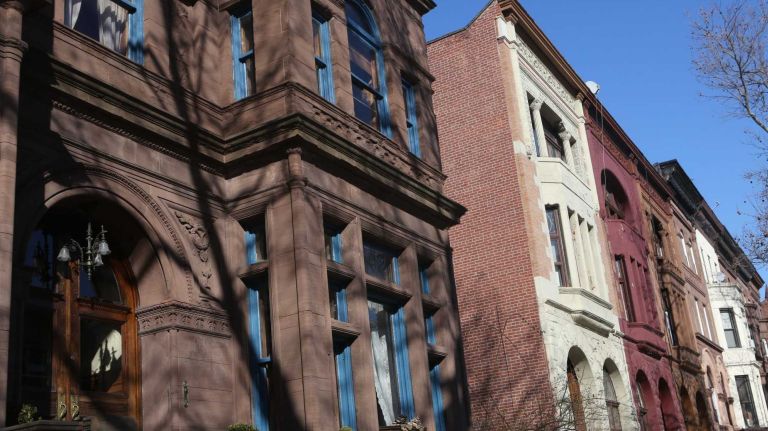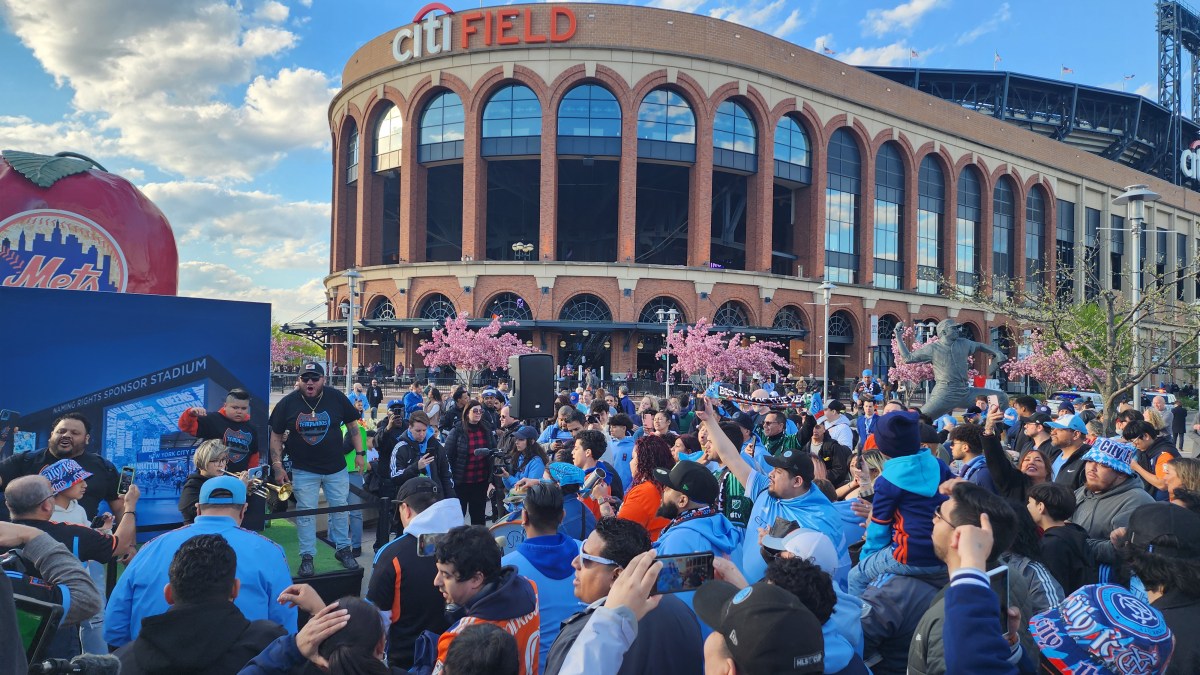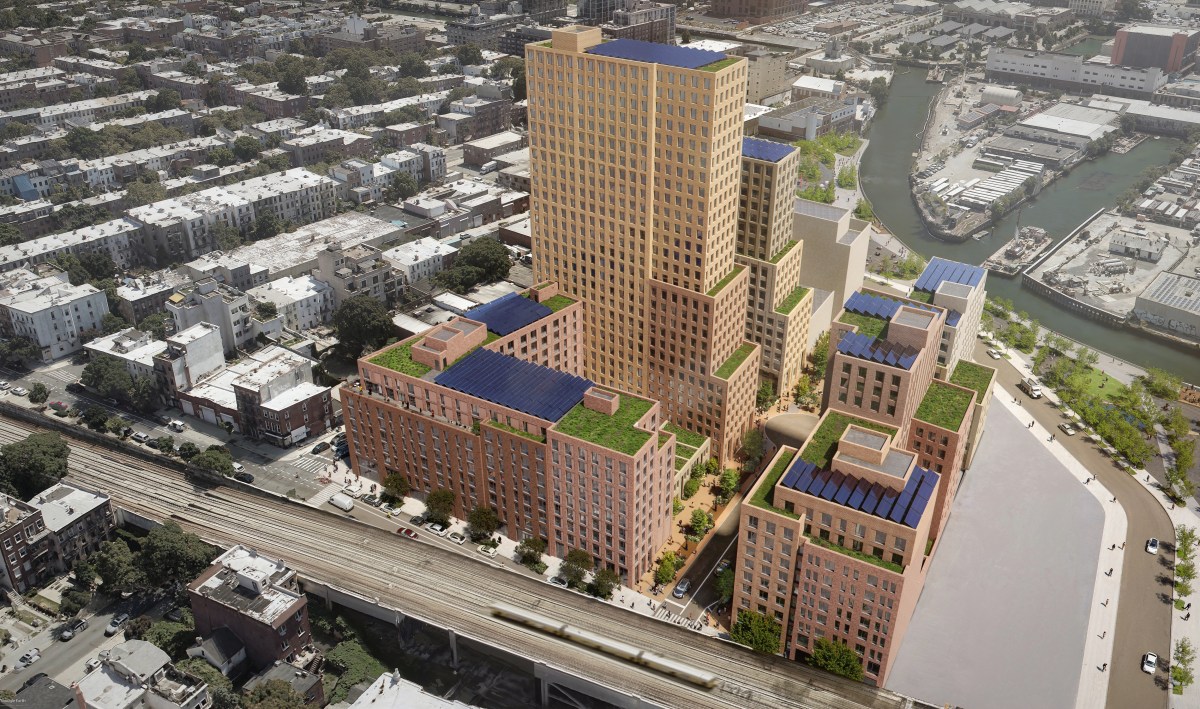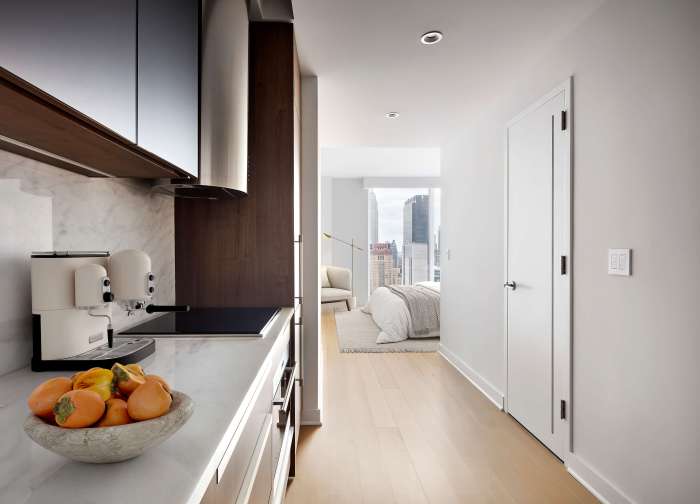
The last 10 years have been good to the Brooklyn housing market.
New stores, shops, an arena and a slew of young professionals put the borough in the spotlight and, as a result, home sales have surged, according to real estate group aptsandlofts.com.
Focusing on eight hot neighborhoods — including Williamsburg, Park Slope, Brooklyn Heights, Bedford Stuyvesant and DUMBO — the group outlined in a new report the stunning rise both in prices and the number of condos, co-ops and town houses sold between 2003 to 2013.
The number of Williamsburg co-op and condo sales jumped from 21 in 2003 to 500 in 2013, while the average sales price soared from $331,000 to $825,000, an increase of more than 150%. Park Slope’s sales of co-ops and condos went from 130 in 2003 to 510 last year, with the average sales price growing by almost $400,000. In Brooklyn Heights, meanwhile, the average condo price went up 126%. In 2003, only 12 condos were sold in Bed-Stuy; last year, there were 132.
David Maundrell, founder and president of aptsandlofts.com, said that when home hunters looked for new properties in the last decade, they not only discovered real bargains in Brooklyn but also potential for growth.
“The demographic is changing. According to our demographic studies, for a long time, nearly 60% of Brooklyn buyers were coming from Manhattan,” he said.
Maundrell said that when his organization began in 2002, there was a surge in Brooklyn sales because there was so much new inventory.
Even during the 2008 housing crisis, the borough stayed strong in the eyes of buyers.
“DUMBO was barely affected by the housing downturn and is also a neighborhood with very limited supply and very high demand,” he said.
Michael Slattery, senior vice president of research at the Real Estate Board of New York, said a key factor was the Brooklyn neighborhoods’ growing popularity as great places to live.
“Those Brooklyn town houses, they don’t make them anymore, and that creates a greater demand from them,” he said.
Slattery said the growth in interest has been incubating for years and he doesn’t see any signs of it dwindling any time soon.
In the early ’70s and ’80s, “Park Slope was one block away from the park, and now it’s four blocks away from the park,” he said, referring to the ways that neighborhoods’ unofficial boundaries grow when they become popular.


















